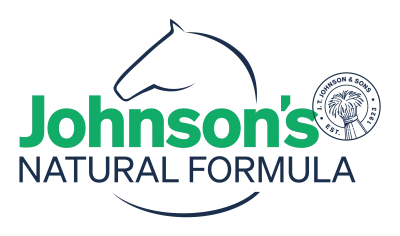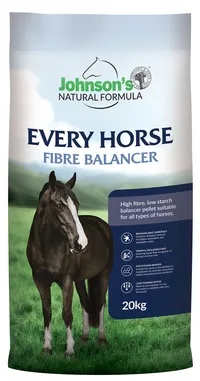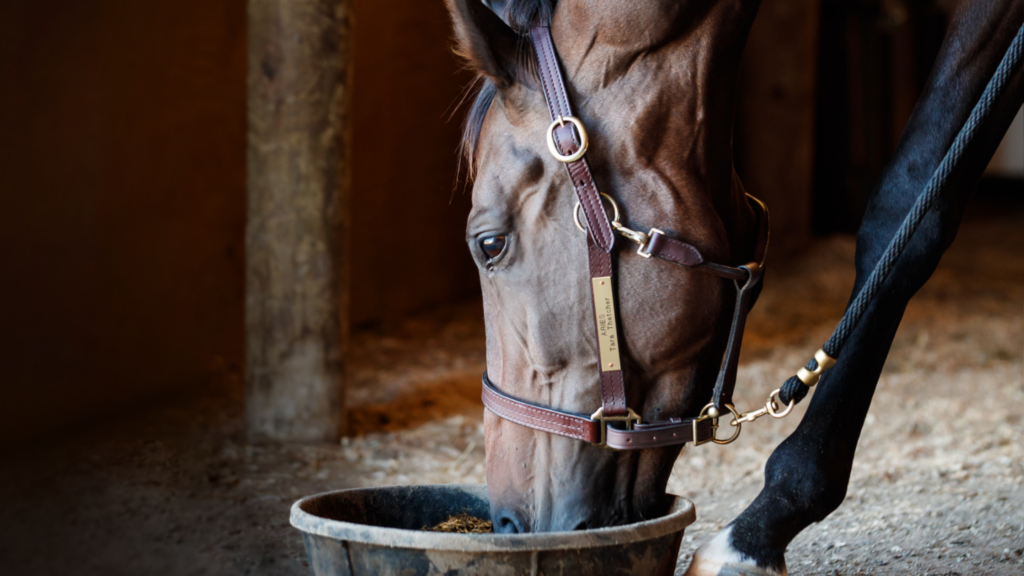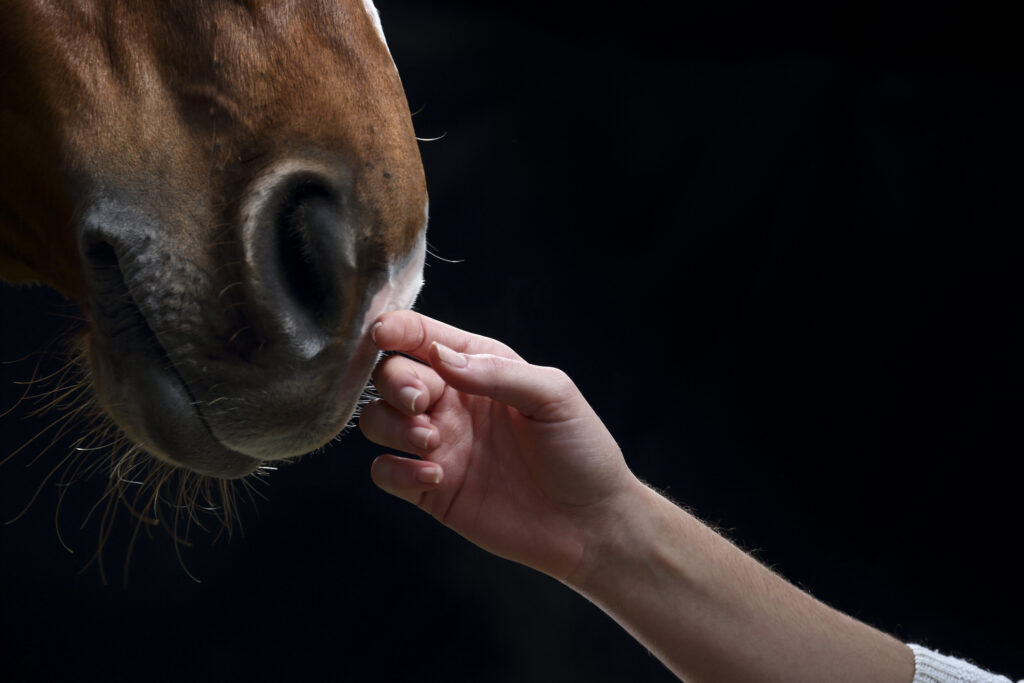It’s a common belief that horses have an innate ability to sense when their diet is lacking in certain nutrients and will instinctively self-regulate by consuming the right amount of minerals to balance their diet. However, this is unfortunately a widespread misconception.
In reality, pasture and hay diets, which are the primary sources of nutrition for many horses, are almost always deficient in numerous key minerals necessary for maintaining a balanced diet. While it might seem convenient to simply place a mineral block in the paddock or offer free-choice minerals, this approach often falls short of meeting your horse’s nutritional needs. The reason is that many mineral blocks are predominantly composed of molasses and salt, with only minimal amounts of the essential trace minerals that your horse requires.
For instance, a typical mineral block may need to be consumed at a rate of one 20kg block per horse every three weeks to meet their dietary requirements. However, this level of consumption is rarely achieved by most horses, meaning that they are likely not receiving the necessary levels of trace minerals to support optimal health and performance. Moreover, horses often consume mineral blocks more out of boredom or taste preference rather than actual nutritional need, leading to an imbalanced intake.
A more effective and reliable approach to ensuring that your horse receives the essential minerals they need is to incorporate a low-dose balancer pellet into their diet. These balancer pellets are specially formulated to provide a concentrated source of vitamins and minerals that can fill in the nutritional gaps left by pasture and hay. By feeding a balancer pellet, you can have confidence that your horse is receiving the right balance of nutrients to support their overall health and well-being.
While some horses may enjoy licking a salt block, research has shown that relying solely on this method does not always provide adequate salt levels. It is recommended to add a small amount of salt directly to your horse’s feed—typically 1 to 2 tablespoons per day—to ensure they are getting the right amount to maintain proper hydration and electrolyte balance.
In summary, while free-choice minerals and blocks may seem like an easy solution, they often fall short of delivering the essential nutrients your horse needs. Incorporating Johnsons Natural Formula EVERY HORSE FIBRE BALANCER pellets into their diet, along with supplementing with a measured amount of salt, will help maintain healthy mineral levels and ensure that your horse enjoys a balanced and nutritious diet, supporting their health and performance for the long term.





